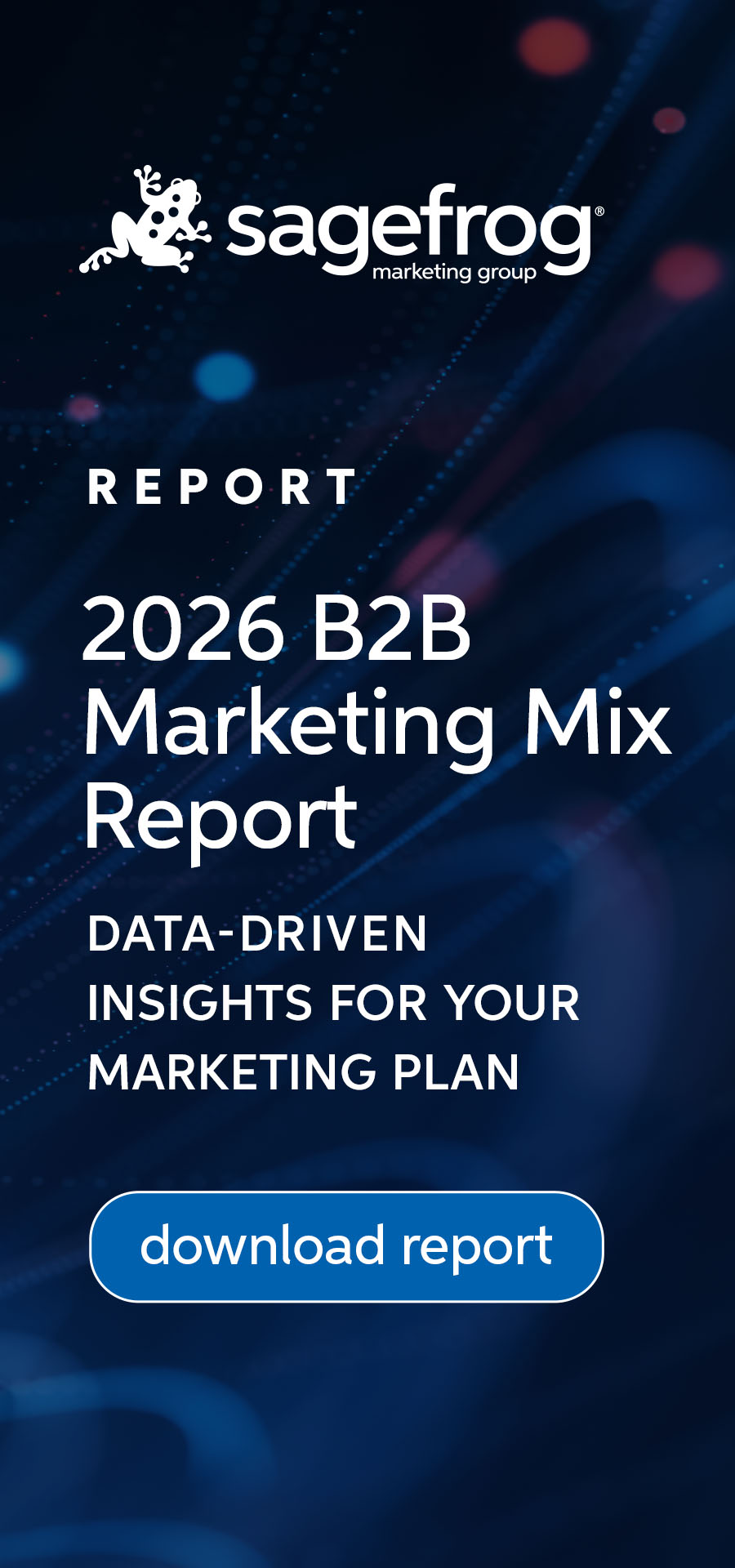It’s a question as old as time. And as with most success measurements, the answer depends on your objectives. For start-up companies, return on marketing investment (ROMI) can mean growing brand awareness through a public relations program, while for an established business, ROMI may only be measured by the sheer number of marketing qualified leads (MQLs) or by revenue growth. Depending on the maturity of your company, your marketing budget and subsequent ROI will look different. But no matter your objectives, there are finite ways to measure the value of your marketing investment. Here’s a quick refresher on return on marketing investment and how to start calculating yours today.
How Smart Marketing Managers Use ROI
Beyond breaking even or growing the bottom line, return on marketing investment provides marketing managers with the necessary insight to market, budget and manage smarter. Tracking and reporting on ROMI enables and empowers marketing managers to:
- Decide where to invest by measuring ROI by channel. Tracking the number of MQLs generated by tactic, such as PPC advertising or content marketing, can help you understand what channels are outperforming the others so you can attribute marketing spend accordingly. On the other hand, you can turn off or invest less in the underperforming channels. It’s all about optimizing your marketing mix.
- Justify marketing spend to management by demonstrating your ROMI results at year end. More and more, marketing and sales departments are aligning around the common goal of growing new business, especially via new techniques such as account-based marketing, yet it’s still necessary to prove the worth of marketing itself. By presenting your ROMI to the management team, you can be sure that your marketing budget will stick and likely grow in the year ahead.
- Ensure accountability from both your in-house marketing department and your marketing agency by requiring ROMI reports. It goes back to the old adage “what gets measured gets done.” Quantitative metrics are indisputable, black-and-white proof that your marketing mix and personnel are succeeding.
The Biggest Challenges of Calculating ROI
At its most basic level, return on marketing investment can be calculated using a simple formula:
Seems pretty straightforward, right? And it would be, if every channel and tactic were directly correlated to monetary results. A true marketing program, however, leverages the strengths of different channels to 1) boost brand awareness and 2) generate leads. Though both objectives are focused on growing the business, they are two very different results to measure – enter challenge number one.
- Not all marketing channels can be measured monetarily. To surround your marketplace and tap into all audience touchpoints, your company needs to use tactics such as public relations and social media. These channels, however, are intended only to generate brand awareness and audience engagement – not leads. So while a bylined article or press release may indirectly influence an MQL to reach out to your company, it’s difficult to prove the correlation.
- Lag time is a real thing that makes your ROMI look much lower than it is. Most marketing managers benchmark the success of their marketing program quarterly or at year end, placing a cutoff date on the program’s results. Certain marketing channels, however, such as search engine optimization (SEO) and content marketing, are long-term strategies that build over time. A keyword-optimized blog that you invested in this year might top the search rankings next year and generate an MQL – a lead that won’t be captured in this year’s ROMI report, thus skewing the real results.
How to Calculate ROI by Channel
To best calculate your ROMI, we suggest taking a channel-by-channel approach. This will provide you with the most accurate metrics, plus insights on how to optimize your budget by investing more in the tactics that work and less on the ones that aren’t.
Digital Marketing
Digital marketing programs are metric machines. Here are the most important stats to evaluate:
- PPC and Display Advertising – Number of MQLs via form submissions and phone calls
- SEO – Website traffic from non-branded keywords
- Web Development – Improvement of user engagement metrics such as time on site, form submissions or any action a user takes on your website
Content Marketing
When executed correctly, content marketing will feature a mix of gated and ungated content. Measure ROMI via the number of form submissions for your gated assets. Subsequently, monitor the MQLs that convert into new business and report on the revenue that those deals generate.
Social Media & PR
Expectation setting is everything. Public relations and social media are intended to drive overall brand awareness and credibility. If you really require PR metrics, look to circulation and impression numbers garnered from press releases and bylines. For social media, consider engagement metrics such as number of shares before measuring followers or likes. Share metrics have depth, indicating that your content was valuable enough for audiences to endorse on their own channels.
ROMI is the reason you start a marketing program and the reason you decide to keep it going (or not). To start measuring, optimizing and justifying your marketing spend to management and make the case for your program, schedule a free consultation with the experts at Sagefrog. We’ll discuss your biggest marketing goals and how an integrated approach can help you achieve them to meet and exceed your ROMI goals.
Are you interested in B2B marketing services? Contact Sagefrog Marketing Group today.


